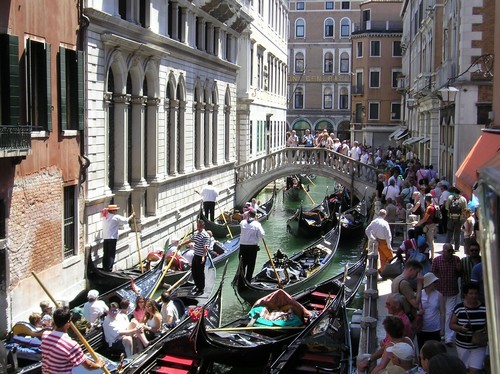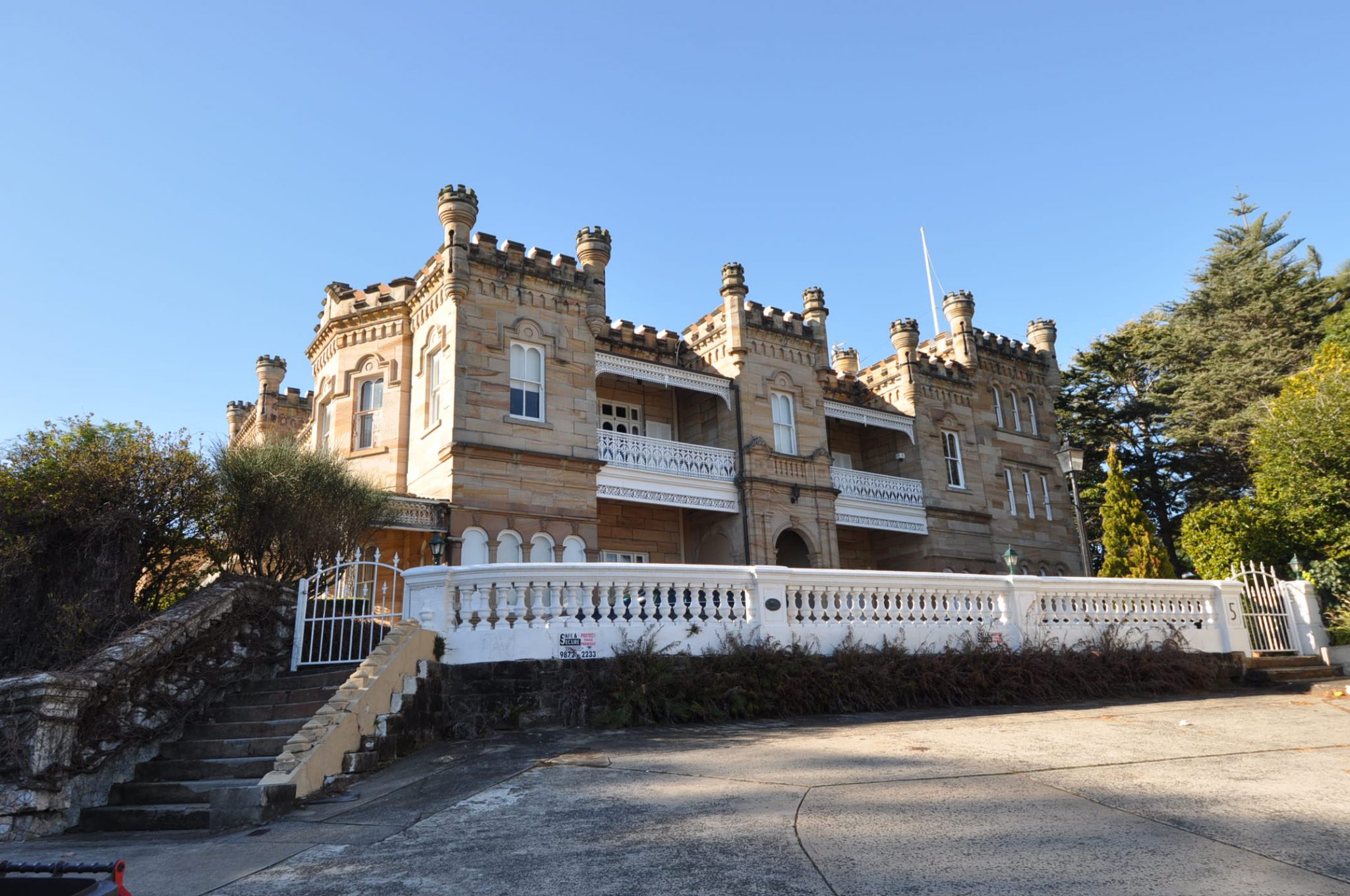Professional Associations
 Australia ICOMOS has recently defined the term ‘policy’ in its draft Practice Note (April, 2013 – Version 1). The note explains that policy is used in the singular in the Burra Charter (Articles 6, 26.2, and 27.1) and is also commonly called ‘conservation policy’. In the cultural heritage field these two terms are synonymous. Policy or conservation policy is short‐hand for all of the policies and actions needed to manage a place of cultural significance and retain its values. Developing policy is an essential prerequisite to making and implementing decisions about the future of a place. Conservation policy covers more than just physical conservation. Policy may include goals and objectives, strategies, recommendations and actions. Policy can address use, change, interpretation, governance, day‐to‐day management, decision making roles, conservation work, development or new work, maintenance, record-keeping and security. It should address all topics relevant to retaining the cultural significance of a place and its management into the future.
Australia ICOMOS has recently defined the term ‘policy’ in its draft Practice Note (April, 2013 – Version 1). The note explains that policy is used in the singular in the Burra Charter (Articles 6, 26.2, and 27.1) and is also commonly called ‘conservation policy’. In the cultural heritage field these two terms are synonymous. Policy or conservation policy is short‐hand for all of the policies and actions needed to manage a place of cultural significance and retain its values. Developing policy is an essential prerequisite to making and implementing decisions about the future of a place. Conservation policy covers more than just physical conservation. Policy may include goals and objectives, strategies, recommendations and actions. Policy can address use, change, interpretation, governance, day‐to‐day management, decision making roles, conservation work, development or new work, maintenance, record-keeping and security. It should address all topics relevant to retaining the cultural significance of a place and its management into the future.
(The diagram is from the Burra Charter – Understanding Significance and, Developing & Managing Policy)
Developing policy forms steps 3, 4 and 5 of the Burra Charter process as shown above. Developing policy can be complex, often requiring consideration of competing interests and values. Policy is often developed as part of a conservation or heritage management plan or master plan for a place. Policy should include guidance about the implementation of the policy, and about monitoring the outcomes achieved. Policy needs regular review to ensure it remains up‐to‐date in the light of changing circumstances and the outcomes from its implementation.
In developing and implementing policy, Australia ICOMOS urges policymakers to be mindful of the following key principles that are contained in the Burra Charter:
- Policy arises from understanding cultural significance and taking account of all the factors affecting the future of the place.
- Policy is directed towards retaining the cultural significance of the place, first and foremost.
- Policy explains how places of cultural significance will be conserved.
- Policy brings conservation into all the activities of place management.
- Policy is only as good as the information and analysis that underpins it.
- There is often more than just one possible policy response to any set of circumstances.
- Even the best policy won’t last for ever; policies need to be reviewed and updated in response to changing circumstances.
 The Practice Note suggests that In developing policies, the following types of constraints and opportunities should be investigated:
The Practice Note suggests that In developing policies, the following types of constraints and opportunities should be investigated:
- The owner’s needs—the aspirations and requirements of the owners and/or managers should be presented, and this may include operational or management requirements
- Legal and statutory obligations
- Availability of resources—expertise, finance, other resources
- Operational and management requirements
- The physical condition of the place – the condition of the fabric of the place and its elements
- The uses, activities or practices essential to significance
- External constraints—known issues arising from location, environmental conditions, political and social circumstances
- Proposed changes, new development or potential threats
- Issues and concerns held by others, such as external stakeholders or people with associations with the place
- Other factors or future needs—the existing use/s, feasible and compatible uses, setting, location, contents, related places and objects.
Paul Rappoport – Heritage 21 – 30 January 2015
Related Articles

New Ways of Assessing Heritage Impact
The system we use today in NSW and Australia generally to assess heritage impact is limited and perhaps slightly old…
Read more
Taxing tourism to pay for cultural built heritage
The World Bank (2010) writes that a good investment climate for tourism, underpinned by a sound tax regime, can play…
Read more
Heritage-Tourism – Loving it to Death
How often have we all heard or read the phrase; “Tourism is a driver of economic development”.
Read more
Is Heritage in the Public or Private Interest?
Clearly, the development and pro- conservation approaches are like ships passing in the night. Will there ever be a happy…
Read more

Need help getting started?
Check out our guides.

Complete the form below to contact us today.









